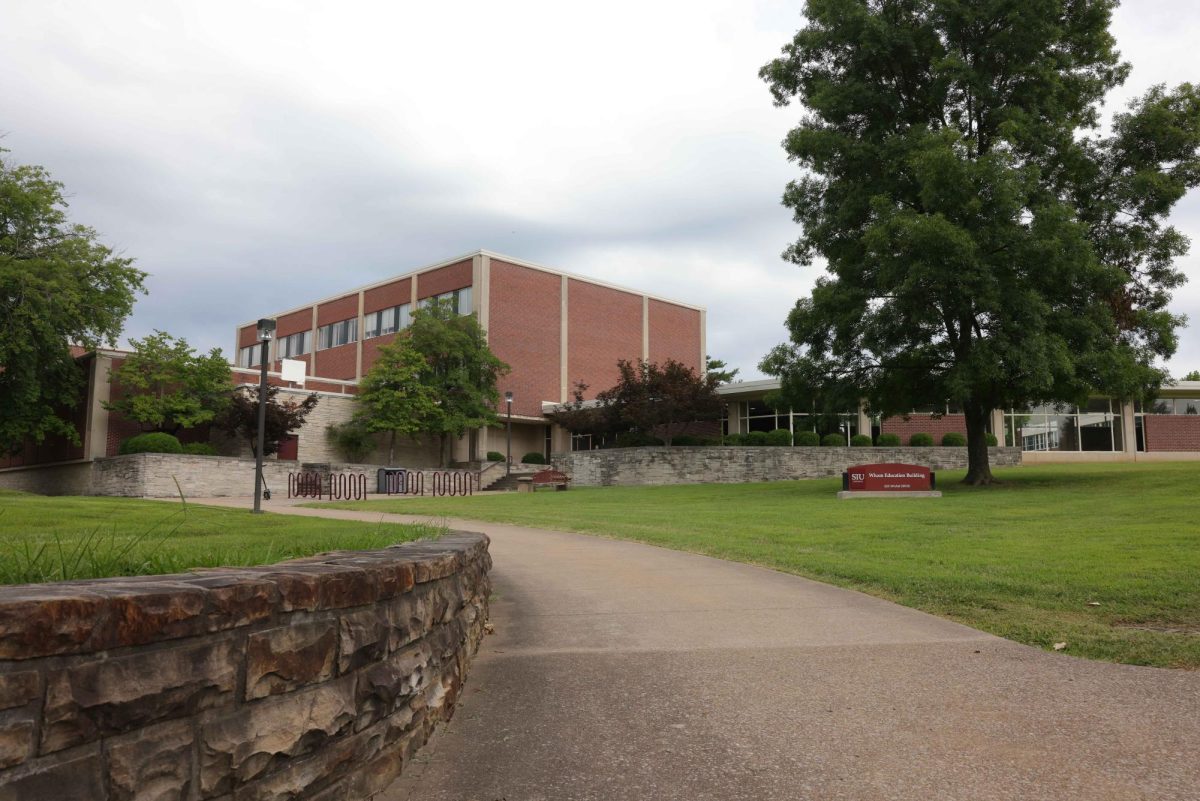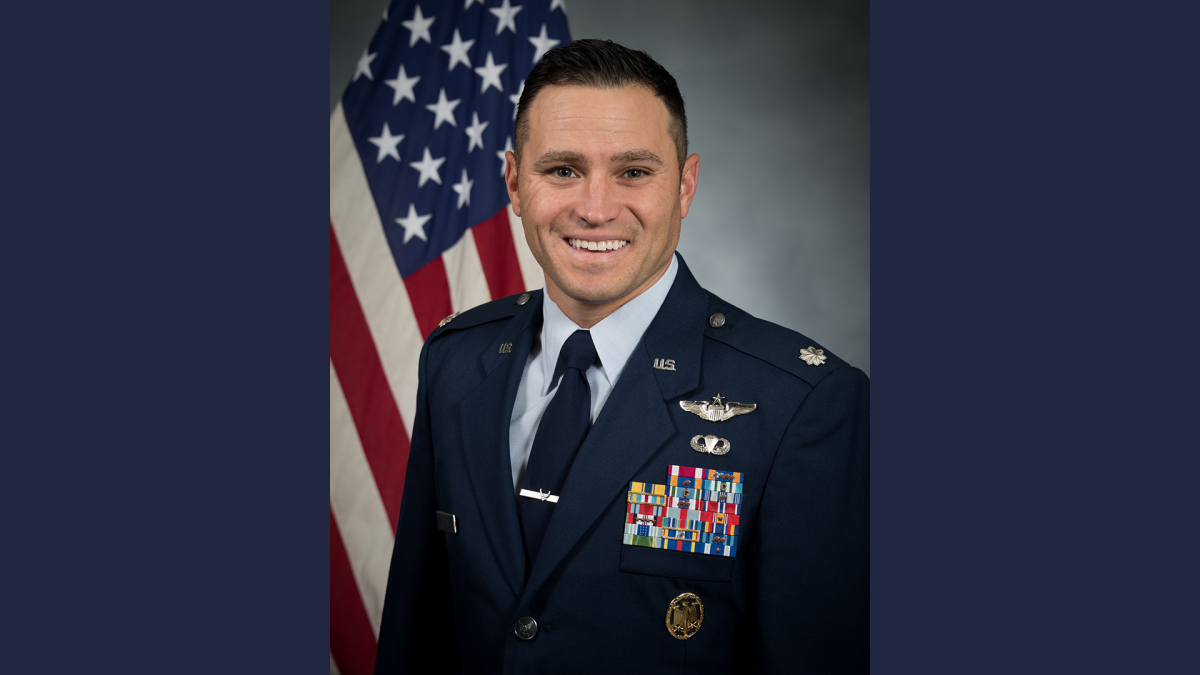Where Does the Money Go?
August 29, 2003
The Parking Division uses much of its revenue to improve parking conditions Leah Williams
Factoid:The Parking Division is online at www.dps.siu.edu.
Nicole Kelley visited the Financial Aid Office in Woody Hall to take care of a few errands. Thinking she may not be very long, she parked her car in a slot reserved for 15 minute parking. After finishing her chore, she returned to her car to find a patrol officer writing a citation and sticking it on her windshield.
Advertisement
“I tried to discuss it with him, but it didn’t do any good,” said Kelley, a junior in management information systems from Chicago.
This ticket is one of the many citations given out each year for violations of regulations. This money is in addition to amount spent on stickers, which vary according to rank and housing of students.
Annually, the Parking Division generates approximately $1.5 million as the result of decal sales, ticket violations, conference permits and meter usage.
With all this money, students often wonder where all of their money is going.
Along with operating costs of the Division and Hearing Office, the income generated is also used to improve various parking conditions, including congestion, future developments and repairs.
The Parking Division is researching information to further help the traffic process.
“We are constantly looking at the parking process and ways to improve,” said Brian Mager, administrator for the Department of Public Safety.
Advertisement*
Mager said much of the future planning for parking is guided under the SIU Master Land Use Plan.
“The plan is used to list out some of the major developments that we will be doing,” Mager said.
For example, earlier this month, the Parking Division paid $300,000 for the road construction on Lincoln Drive and Route 51. The division also had a road relocated between Lots 10a and 10b, located just off Lincoln Drive and to the right of McAndrew Stadium, because the street had to be within certain footage of that new entrance. They also created 18 new spots in the area just for the students.
One future project that awaits approval from the Board of Trustees is to build a pedestrian bridge over Lincoln Drive between Neckers and the Engineering Building. The division would like to have the entrance to the buildings farther from the parking congestion. According to Mager, this would hopefully allow a safer environment for pedestrians and bicyclists.
Toward the end of last semester, the Traffic and Parking Committee agreed to allow $50,000 from the revenue fund to look at several new additions. These additions would include enhanced lighting and the possibility of security cameras installed in the most frequently used overnight lots, such as Lot 106, which had three cars burglarized last week.
Money from the fund is also used for the upkeep of lots. Such maintenance includes the renovations and reconfiguration of parking lots, re-striping of the roadways and adding new asphalt and patchwork to cover potholes. The Parking Division also watches for “spalding” on the lots. Spalding occurs when the concrete drops off and the construction underneath becomes exposed. Lots also require cleaning performed by a hose in the garage and sweepers on the surface. Cash from the revenue fund is also used to provide electricity for the streetlights and garage lights.
Seasonal costs are deducted from the fund, which pay for snow removal on the streets as well as mowing of the grass on campus.
The Parking Division realizes the lack of convenient parking on campus and the concern of students and faculty.
Mager is often asked why the University cannot simply build a parking garage, but he said there is a significant difference in cost that many may not realize.
“It costs in the neighborhood of $11,000 to $15,000 per parking space to construct (in a garage). That is not including operation and maintenance once that garage is built versus the $1,100 to $1,200 for a surface space.” Mager said. “Currently, we are landlocked and have limited space to work with, but we are trying to work with what we have.”
Reporter Leah Williams can be reached at [email protected]
Advertisement






